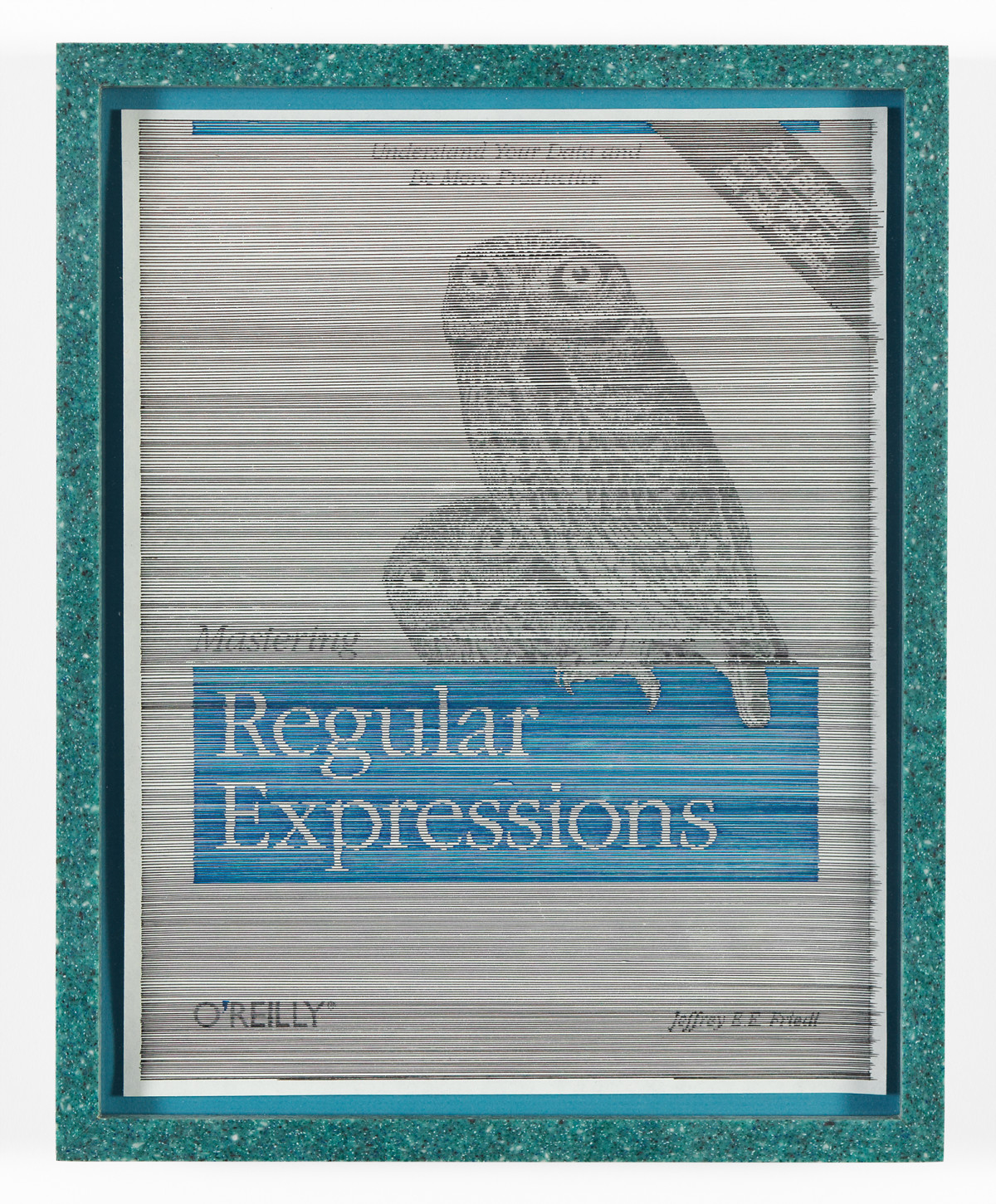Joshua Weibley is a thoughtful dude.
“The art objects I make take very long to do and during that time I think of a very lot of things,” he said over coffee one recent morning in Fort Greene.
His newest work, “CRUFT,” goes on display Saturday, Aug. 8 at TRANSFER Gallery in East Williamsburg, in coordination with the Lower East Side Ecology Center, which will have a part of the room dedicated to people dropping off their old hardware. The pieces are hand-drawn reproductions of some of covers of O’Reilly Media’s “Animals” book series.
Weibley said that the books have been of interest to him for some time, particularly in how the juxtaposition of a personable animal fits with the more impersonal coding instructions contained in the books.
“I was looking for a metaphor, and I thought of skeuomorphism, which is poplar in UI. It’s a way of comforting the user by referring back to older design cues,” he said. “I thought there was something similar in the animal books, there’s something comforting about seeing an animal than seeing ones and zeros.”
O’Reilly Media was started in 1978, and was for a long time the industry standard for learning new programming languages and software in books it published regularly. These books had striking covers, with tremendously detailed drawings of lemurs, owls, and numerous other animals, and became a sort of touchstone for a certain era in computers.
Weibley, who in addition to working on his art works in building operations for Etsy, has always been interested in computers and their interaction with art. He is probably one of the few artists who has also written the code for his website.
###
One of the most interesting parts of our talk was a conversation about how the internet and web culture has changed over the years and how it relates to the way the art world has changed. I posited that the internet seems to be settling into a more stable and possibly less creative place. There are now websites that can build sleek-looking sites for personal users, and “monetization” is increasingly placed with the same import as creativity.
“As far as the change in the internet I see, the example of conceptual art is interesting,” he said. “With conceptual art, this was this recognition that the art world was a marketplace and the market was starting to overwhelm or see it as anything more than that. A lot of people then found a way out of that which was to do things that were about thought and not object related.”
“Cruft” is a word that means excess stuff, outdated code, or antiquated hardware. In a fast-moving digital world, precisely hand-drawn reproductions of old coding handbooks might fit the bill. But such a personal touch might also be the thing people are craving, as the world becomes slowly more and more digital.
The hardware that people drop off will be treated as part of the exhibit until after it’s over, at which time the ecology center will collect the cruft and safely dispose of it.
Join the conversation!
Find news, events, jobs and people who share your interests on Technical.ly's open community Slack


